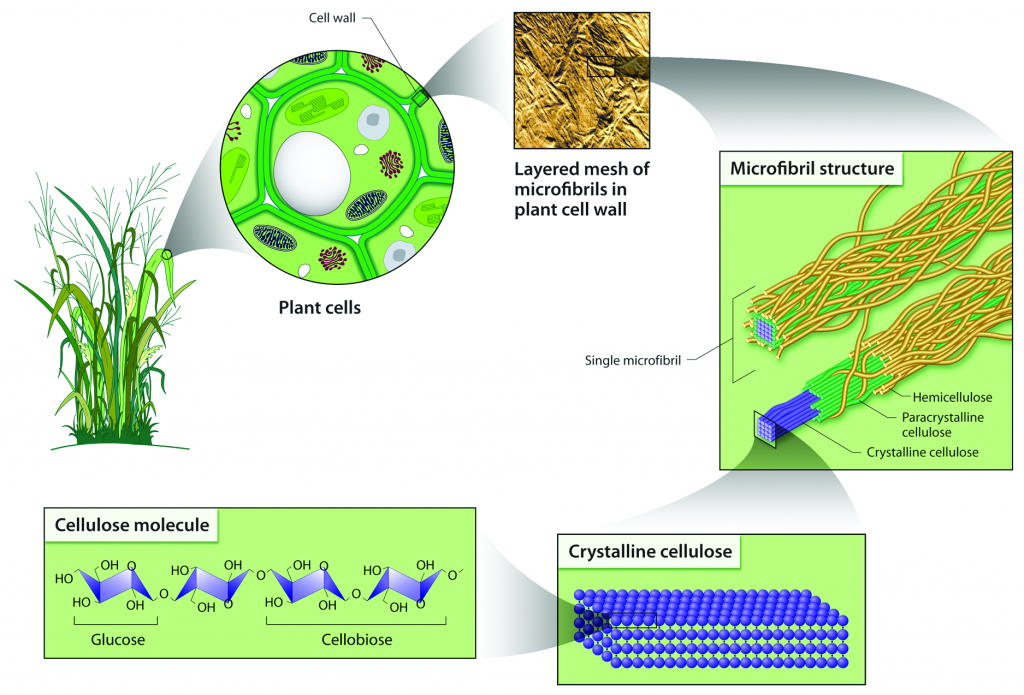On April 12th 2016, the 2nd edition of the 3D Food Printing Conference took place in Venlo, The Netherlands.
On the back of a first year successfull edition, Jakajima offered again this year an attractive conference, bringing together the 3D Food Printing industry experts. With 200 attendees, the resulting emulation was a good opportunity for everyone implicated in the food industry. Attendees had the opportunity to learn more about the technology, network and get insights into the latest thriving research in 3D Food Printing.
One specific talk caught my attention “Cellulose as an edible ingredient for 3D Printing“. Presented by Sonia Holland, graduated with honors in Food Science from the University of Leeds in 2015. Sonia is now working on her PhD research at the University of Nottingham.
.
Cellulose seems to be a promising material to consider for the 3D Printing Food industry. Indeed its the most abundant polymer in nature, providing structure to plant cell walls. Still, its usage in 3D Printing is currently is limited as Sonia explained us very well.
“It is therefore consumed regularly in the diet, not contributing any calorific value but acting as a natural dietary fiber. Its use as an ingredient, however, is somewhat limited to ‘filler’ type roles or as a bulking agent as good solvents are not suitable for food use. Mechanical abrasion by ball milling can render an amorphous powder which, when the recrystallisation kinetics are known, may be utilized in a Binder Jetting 3D process to create edible cellulose-based structures.”
This Conference, highlighted the potential of this nascent 3D Printed food industry. It was nice to see so many talented researchers and players focussing on it. I’m looking forward to attending the 3rd edition of the conference.





